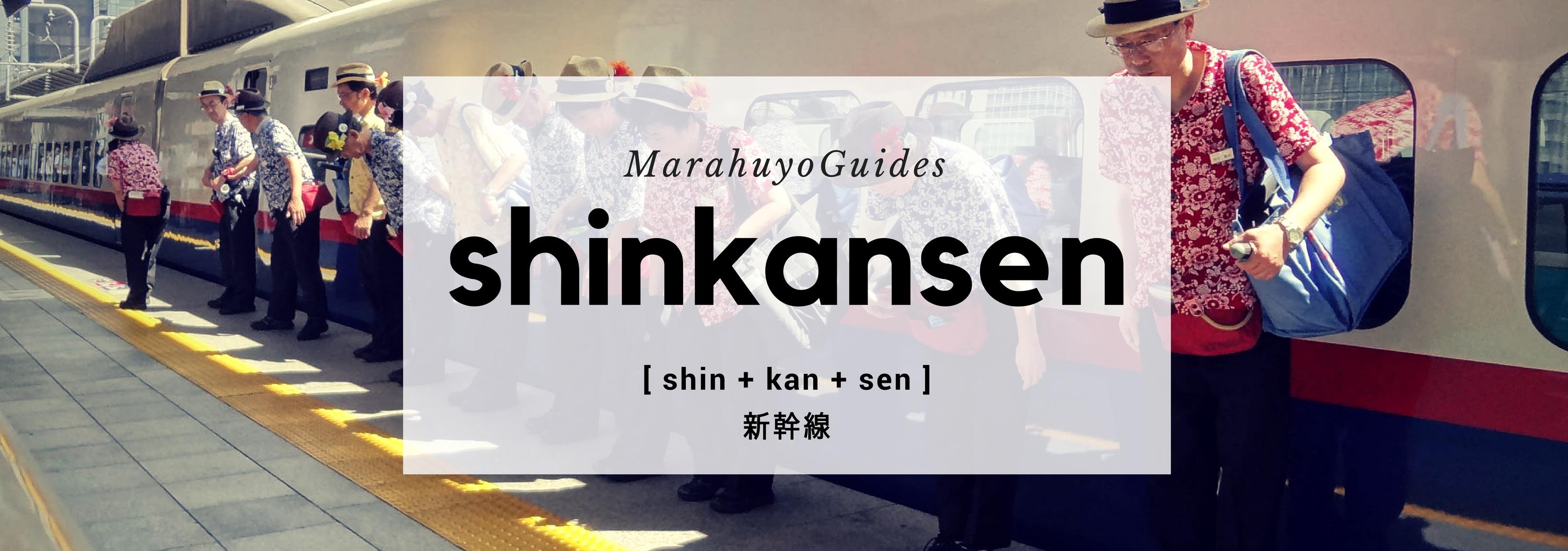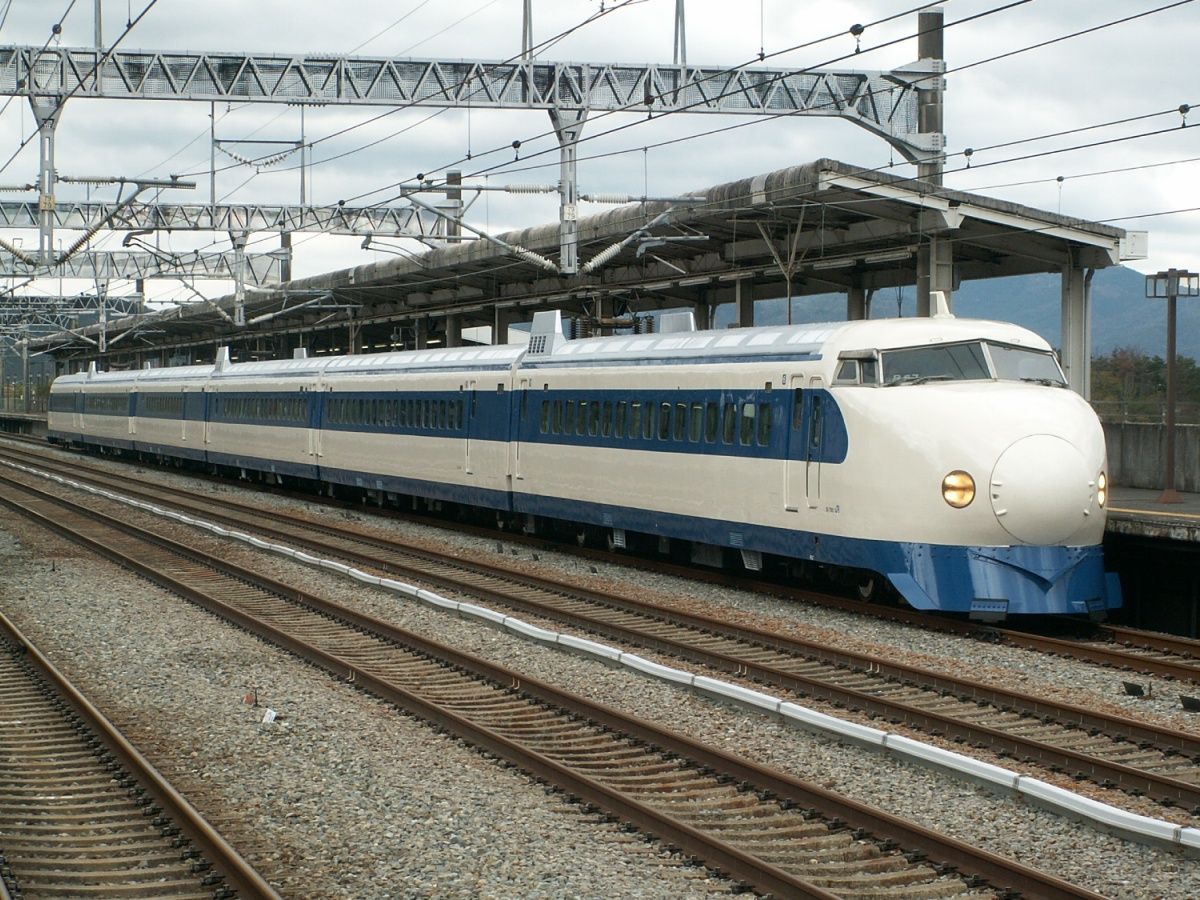

The Shinkansen (新幹線, new trunk line), colloquially known in English as the bullet train, is a network of high-speed railway lines in Japan operated by five Japan Railways Group companies. Starting with the Tōkaidō Shinkansen (515.4 km, 320.3 mi) in 1964, the network has expanded to currently consist of 2,764.6 km (1,717.8 mi) of lines with maximum speeds of 240–320 km/h (150–200 mph), 283.5 km (176.2 mi) of Mini-shinkansen lines with a maximum speed of 130 km/h (80 mph), and 10.3 km (6.4 mi) of spur lines with Shinkansen services. The network presently links most major cities on the islands of Honshu and Kyushu, and Hakodate on northern island of Hokkaido, with an extension to Sapporo under construction and scheduled to commence in March 2031. The maximum operating speed is 320 km/h (200 mph) (on a 387.5 km section of the Tōhoku Shinkansen). Test runs have reached 443 km/h (275 mph) for conventional rail in 1996, and up to a world record 603 km/h (375 mph) for maglev trains in April 2015. Shinkansen literally means new trunk line, referring to the high-speed rail line network. The name Superexpress (超特急 chō-tokkyū), initially used for Hikari trains, was retired in 1972 but is still used in English-language announcements and signage.
The Shinkansen is very reliable thanks to several factors, including its near-total separation from slower traffic. In 2014, JR Central reported that the Shinkansen's average delay from schedule per train was 54 seconds. This includes delays due to uncontrollable causes, such as natural disasters. The record, in 1997, was 18 seconds. Over the Shinkansen's 50-plus year history, carrying over 10 billion passengers, there have been no passenger fatalities due to derailments or collisions, despite frequent earthquakes and typhoons.
Sourced from: Wikipedia Commons ---- Image Created from: Canva Image Sourced from: Google Images
Image Sourced from: Google ImagesVarying Locations - Stations with "Shin"
The legendary Japanese bullet trains, famous for being ultra-punctual and perpetually efficient. If you ever need to find proof of the Japanese character and their value for service, look no further than the operations of the Shinkansen.
Expect punctuality to the dot, if a train is supposed to arrive at 8:01AM, you'll see the train settle at the station at 7:59AM. For the record, trains in Japan are almost never late. On average, the longest delays are only late by 36 seconds. Want more unbelievable facts? There have been zero accidents or incidents in the Shinkansen operations to date. ZERO.
Oh, did we skip the fact that these bullet trains reach blazing fast speeds? We're talking about 200 miles per hour.